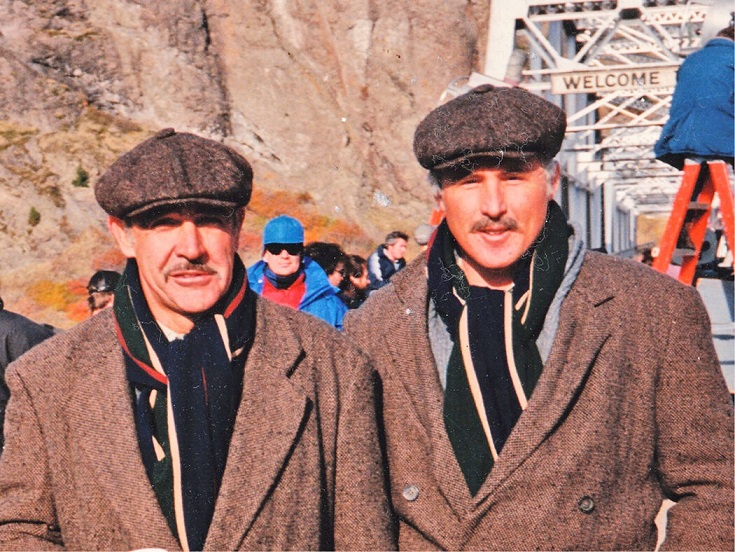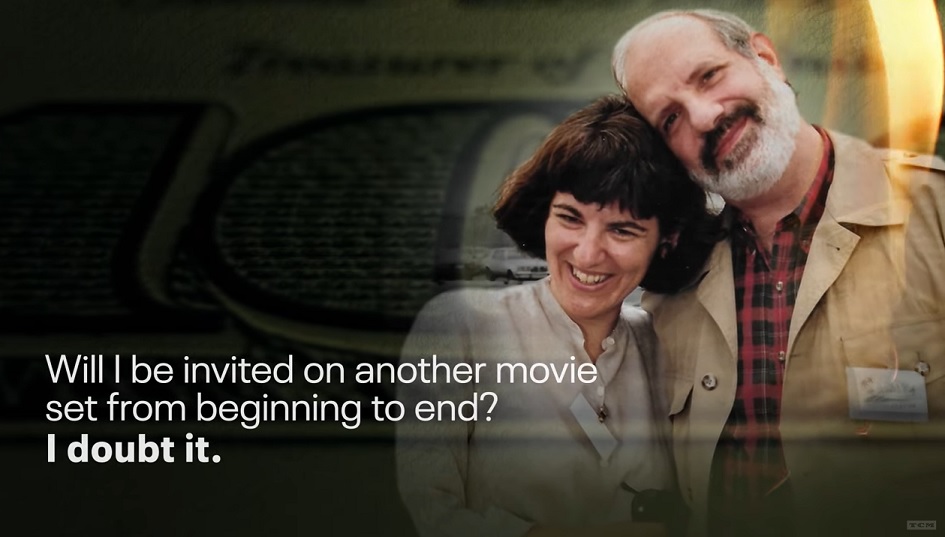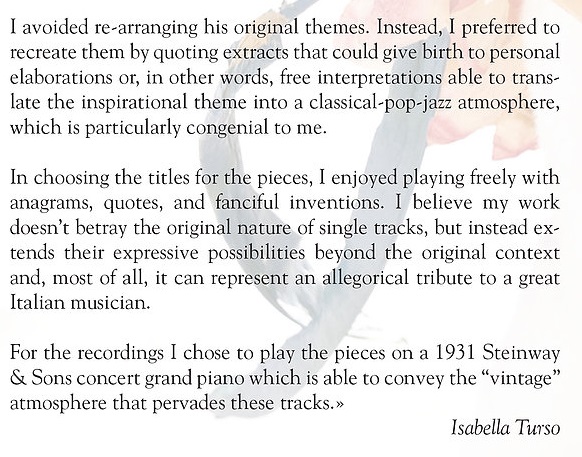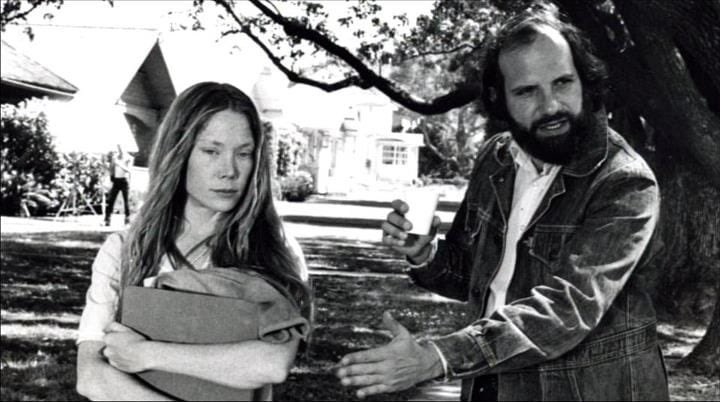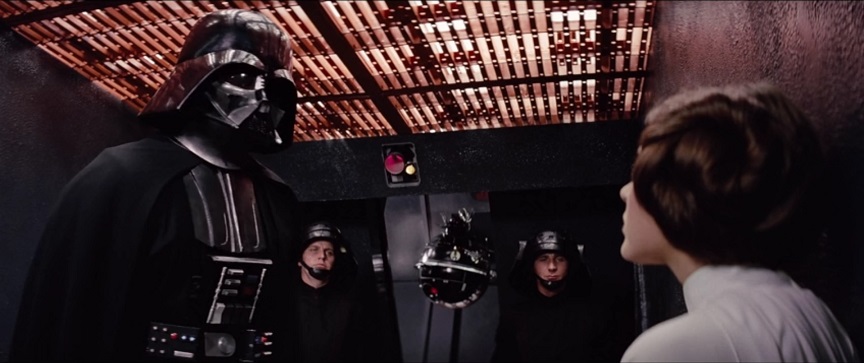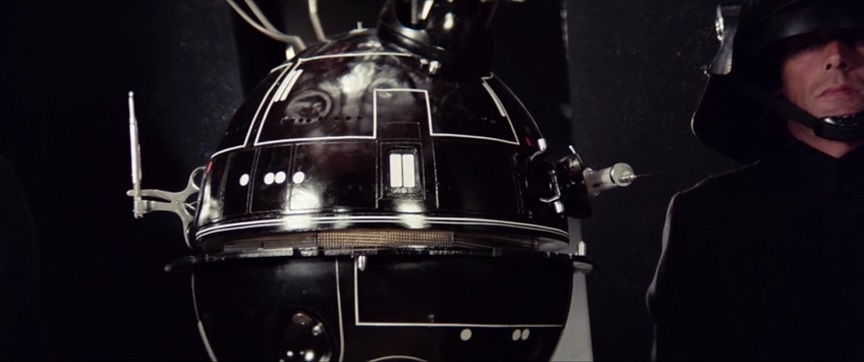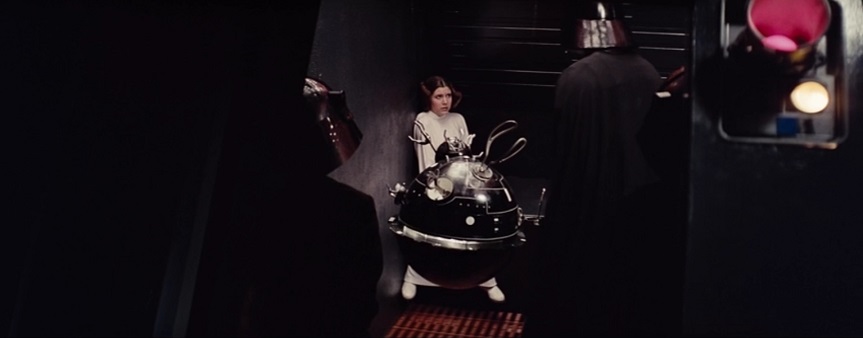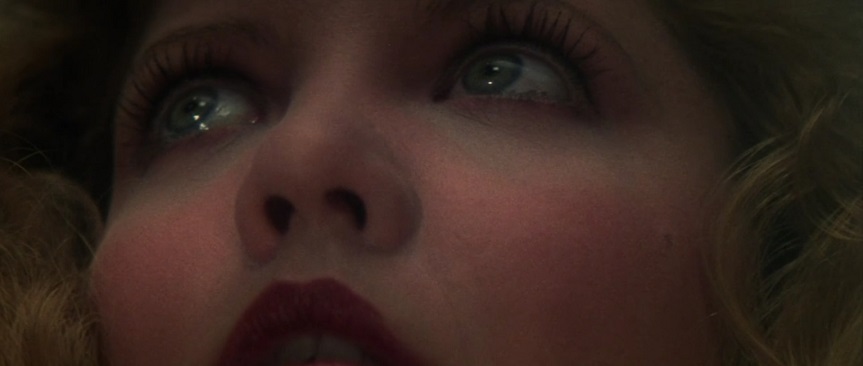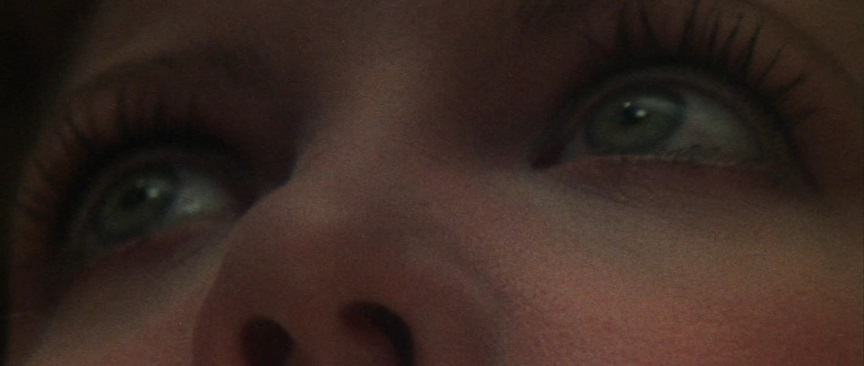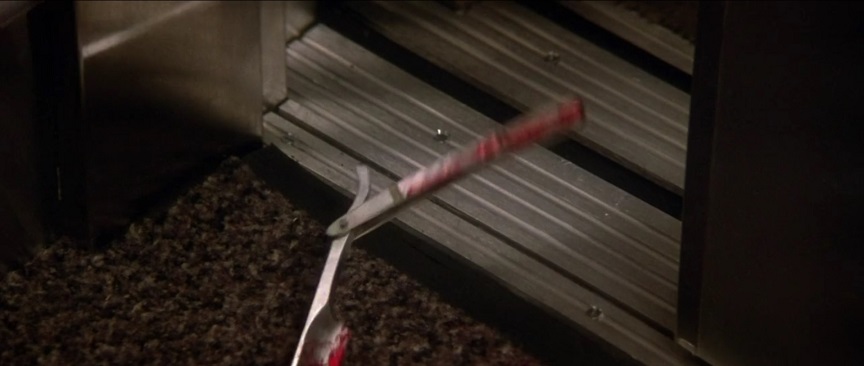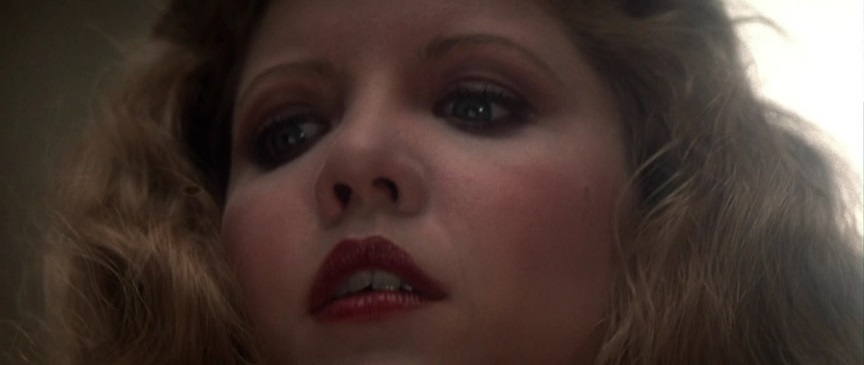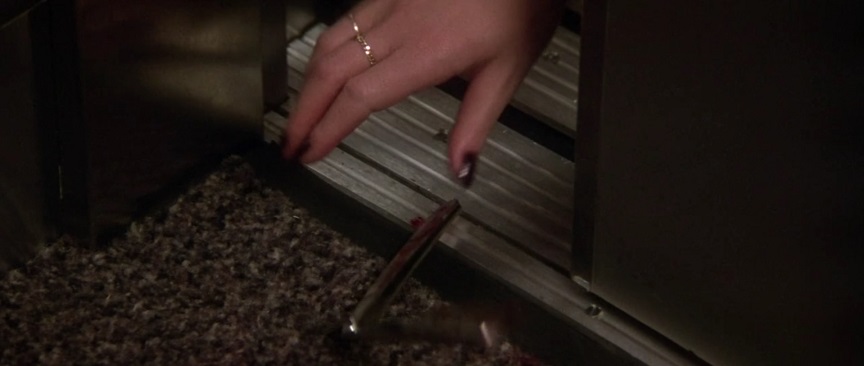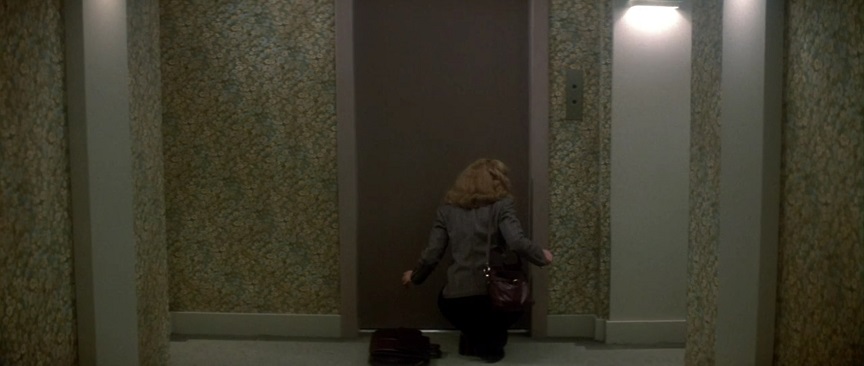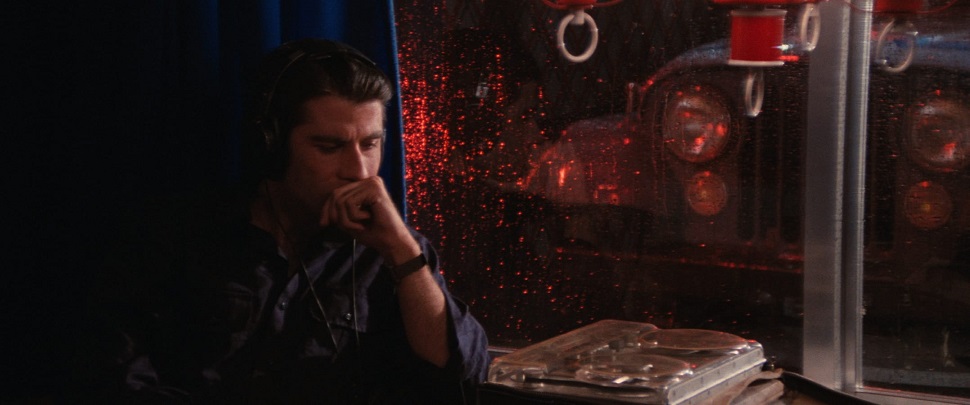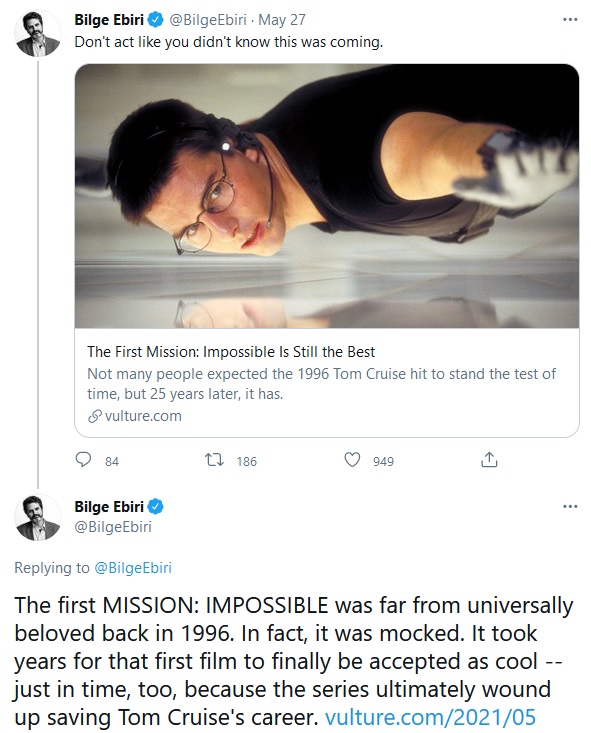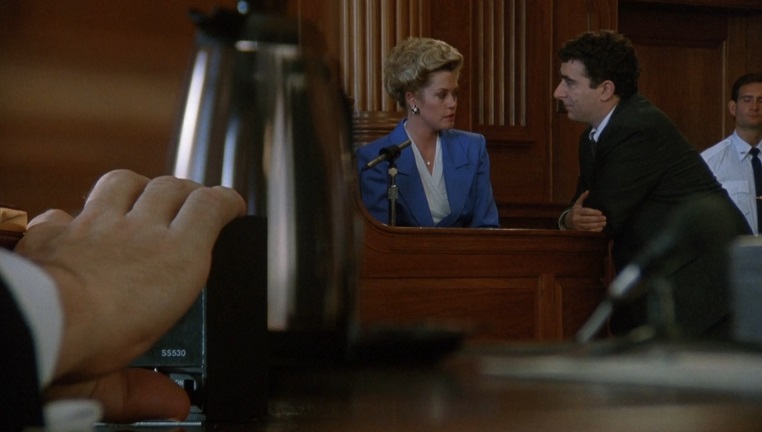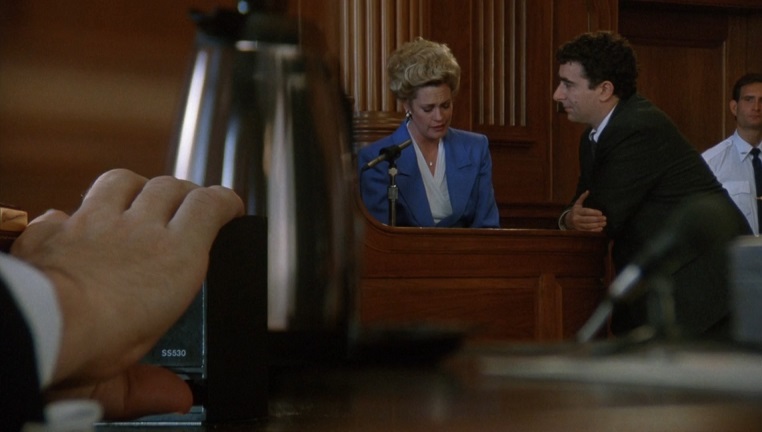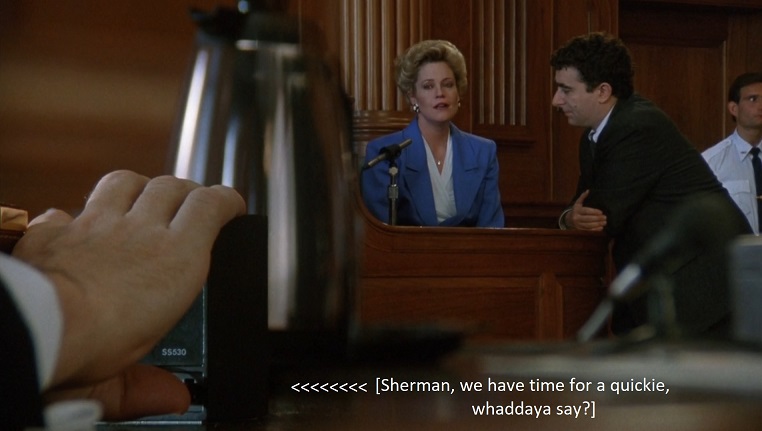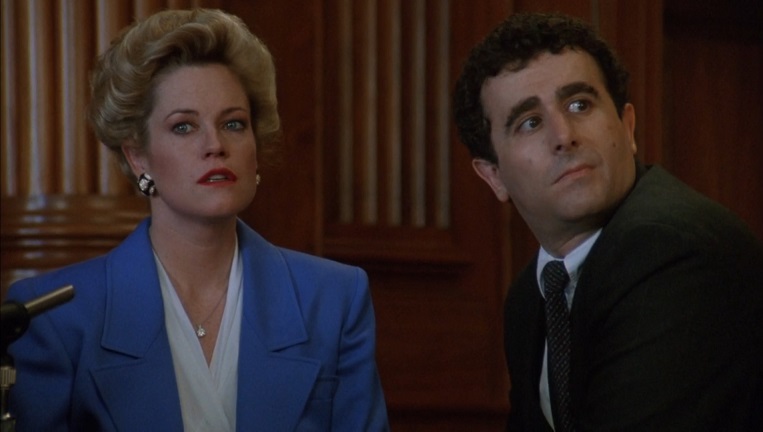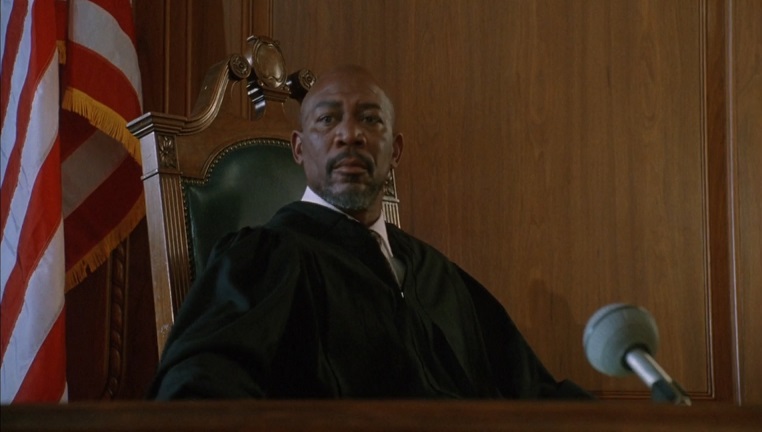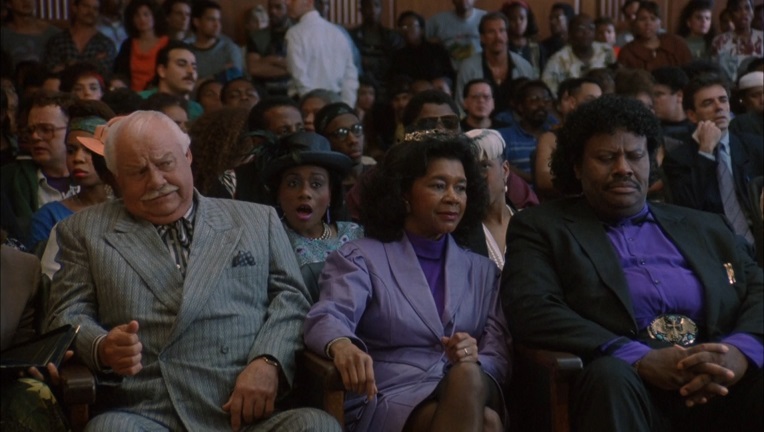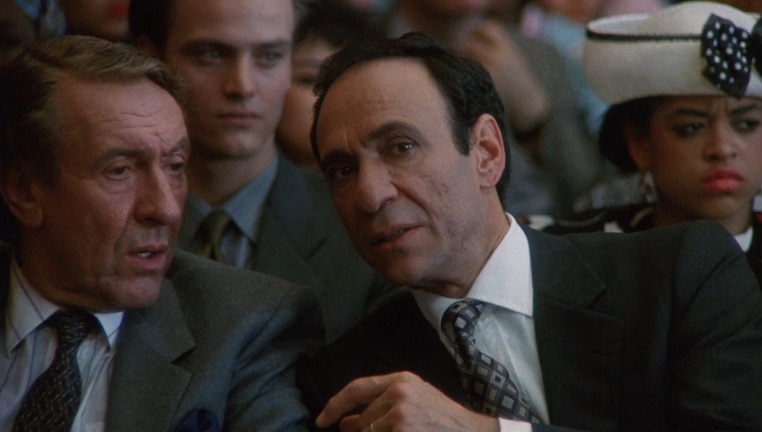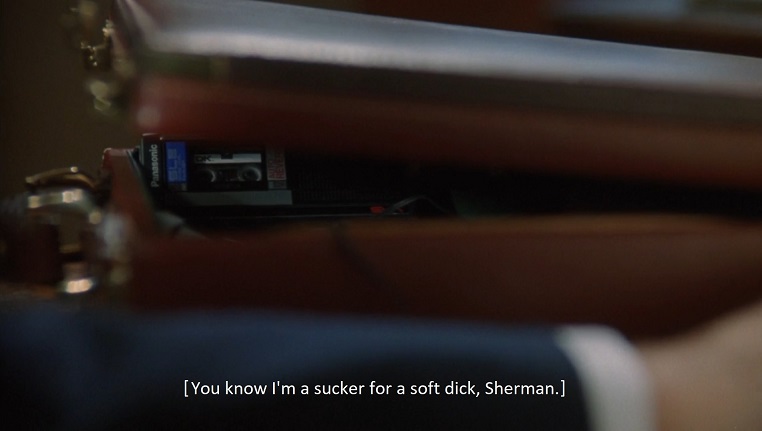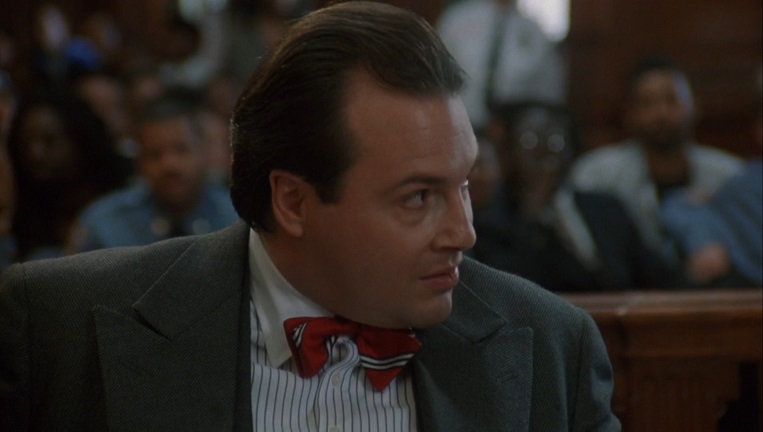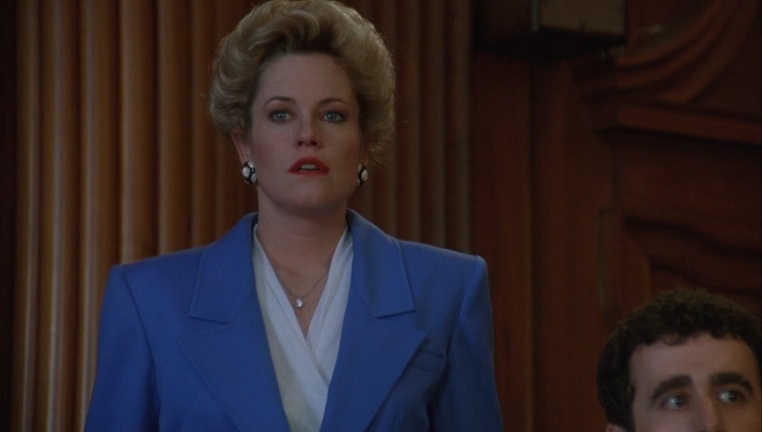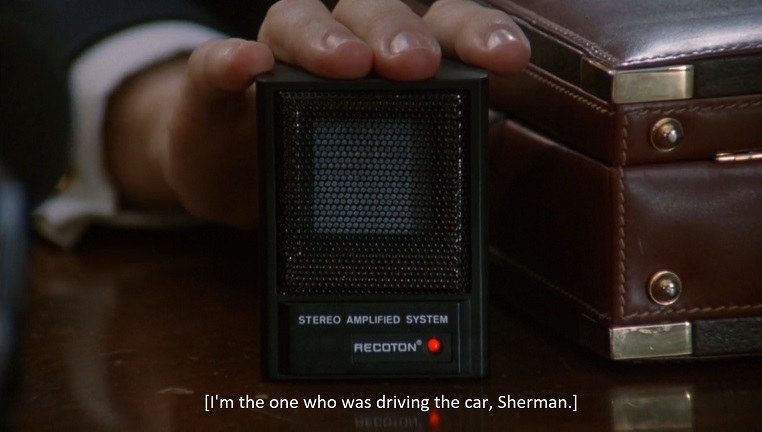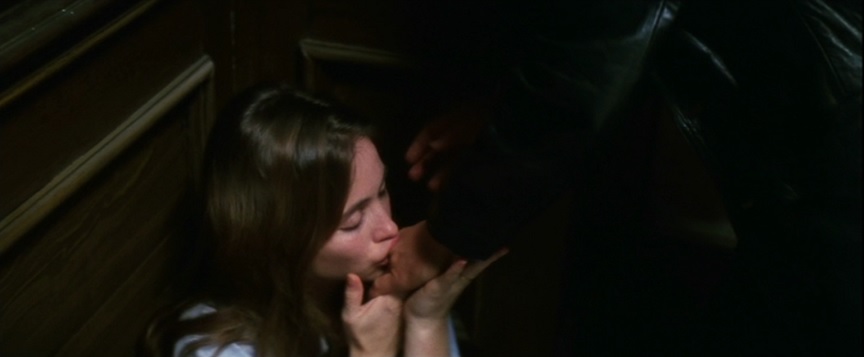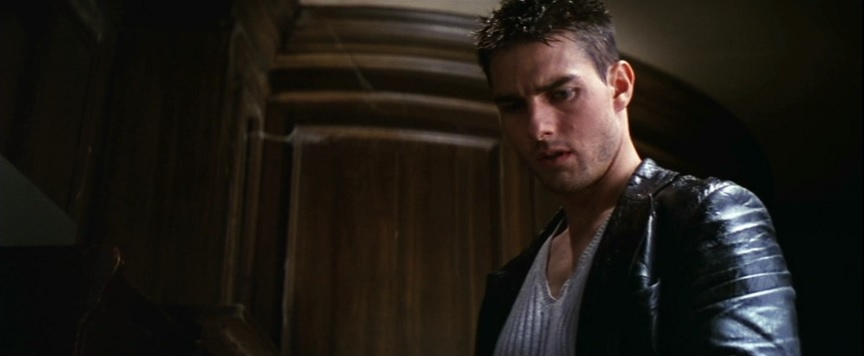If you told those of us who saw Mission: Impossible in theaters in 1996 that, 25 years later, the series would still be going strong, with Tom Cruise’s Ethan Hunt having outlasted two James Bonds, two Supermen, and three Batmen, we probably would have called you an idiot. It’s not that the movie (which, to celebrate its anniversary, has just been rereleased in a remastered new Blu-ray edition) wasn’t a sizable hit — it was — but it was also initially held at something of a remove by critics and audiences alike. It was the kind of smash-and-grab blockbuster that made a huge chunk of its box office in its opening few days and didn’t seem to care about word of mouth. That type of hit is, of course, pretty much all we have nowadays, but back in 1996, it wasn’t exactly a mark of quality. Critics, who’d always been divided on the work of director Brian De Palma, saw Mission: Impossible as a movie that showcased his expertise with suspense, but one that didn’t have much personality to it. The action setpieces (mostly) received their share of praise, while the screenplay (credited to Robert Towne and David Koepp, and reportedly revised constantly throughout production) got knocked for being confusing or nonsensical. Many fans of the original series were disappointed that this new version was less about teamwork and spycraft and more about Tom Cruise jumping off exploding trains. (Some were also upset that this film decided to make Jim Phelps, the ostensible hero of the original show, a villain.) The then-small-but-growing ranks of the Extremely Online chuckled over the picture’s representation of how the internet works. Its CinemaScore grade was a mere B+ … which, in the world of hyperinflated CinemaScore grades, is generally cause for concern.
No, there was definitely something uncool about Mission: Impossible. It was somehow both too smart for its own good and also, weirdly, not smart enough. Besides, Tom Cruise: action star? What? It’s hard to remember now, but Mission: Impossible was an odd choice at the time for the actor, who had built his stardom through a savvy combination of mainstream prestige pictures and pop hits but had never really been an ass-kicking action hero. In Top Gun, he flew jet fighters, while in Days of Thunder, he raced cars; in those movies, the action came from the machines, not the people. And despite his incredible box-office run, Cruise avoided sequels. Mission: Impossible, which he produced, seemed very much like the type of flick designed to establish a franchise, an odd choice for a performer whose white whale at the time was not so much box-office success as Oscar glory. (At the time, he’d only been nominated for 1989’s Born on the Fourth of July, though he’d starred in numerous Oscar-anointed films, such as A Few Good Men and Rainman. However, he’d soon be nominated for that year’s Jerry Maguire and, not long after, Magnolia. He still hasn’t won that Oscar.)
That odd choice would soon prove prophetic. It didn’t seem likely at the time that the industry would one day mostly abandon the star-driven, medium-budget hits that had been so important to Brand Cruise — that everything would eventually become subsumed into franchises and so-called IP, and that a star’s earning potential would become wedded to their ability to play the same, extremely familiar character over and over again in multiple installments of the same film series. Did Cruise himself recognize that this would become the way of the world? Probably not. He still had a good decade of star turns ahead of him. Jerry Maguire was still in the future, as were Minority Report and Collateral and War of the Worlds (and, of course, Magnolia, arguably his greatest performance). But one day, after his public image exploded, he’d wind up needing Mission: Impossible to help him claw back to relevance — and to some modicum of public affection.
In the period following the original’s release, however, you could sense the series struggling to find its footing. Mission: Impossible II, which came out four years later, was tonally very different from the first one. Director John Woo went for straight-up action ballet, with Cruise doing acrobatic gunplay while performing elaborate motorcycle stunts, the rest of his team essentially reduced to bit parts. Six years after that, the third entry, directed by J.J. Abrams, went dark and shaky-cam, entertainingly upping the explosions and the personal backstories. I would argue that the series didn’t fully hit its stride until 2011’s Mission: Impossible – Ghost Protocol, which in many ways restored the central idea that had made the original so effective.
So, what was that idea? And how has it endured so long? Is it just, you know, stunts?
Not quite. Mission: Impossible delivered a new spin on properly utilizing what was then Cruise’s thermonuclear star power. In the 1980s and early 1990s, the actor represented a fresh-faced, can-do macho ethos; this was a far cry from the musclebound strongmen and grizzled wiseasses who dominated action cinema. But by the mid-’90s, the Age of Irony was fully upon us, and Cruise’s all-American appeal needed some complication. A little of this guy went a long way: Let Cruise be too confident, too capable, too smirking and cool, and you ran the risk of silliness and annoyance. (This is why Mission: Impossible II, by the way, for all its financial success, kind of stinks.) The man could no longer grin his way through his challenges.
The trick, it turned out, was to add a bit of slapstick. Tom Cruise was a handsome, physically gifted supernova with a thousand-watt smile, but the key to making him a relatable action star was, well, to humiliate him a little. The first Mission: Impossible gave us a hero whose confidence gets him into ridiculous situations that make him look foolish: What makes the infamous Langley break-in sequence so immortal isn’t the intricate derring-do of the heist itself; it’s the fact that Ethan Hunt winds up anxiously hovering two inches off the floor, desperately flapping his arms about — because there are few things more satisfying in modern mainstream cinema than the sight of Tom Cruise looking like a total dork. And weirdly, he seems to know it. For all the theatricality of his performances, Cruise is great at deadpan.
This might also be why De Palma made such an ideal director for this material, and for this star. No auteur was better at undercutting his protagonists, at turning his heroes into marks, cuckolds, dupes, and dopes. Mission: Impossible is much more of a Brian De Palma film than it gets credit for being. Certainly, the director loves the demonic artifice of cinema — his work simultaneously mines it for aesthetic power while purposefully highlighting its inherent phoniness — and with their vast array of costumes and masks and breakaway walls and falsified surveillance images, what are Ethan Hunt and his colleagues but a bunch of amateur filmmakers who also happen to be professional spies? Tied into this embrace of artifice is also a dedication to the old-school suspense setpiece — silent, carefully choreographed, focused on details — of the kind that these movies have deftly woven in with the more typical big bang-boom of modern action spectacle.
Ethan even becomes, for a while, one of De Palma’s classic sexual marks. The film isn’t just about Ethan and his team’s betrayal by their leader, Phelps (Jon Voight); it’s also about Ethan’s betrayal by Jim’s wife, Claire (Emmanuelle Béart), with whom he clearly has a romantic connection. By the end, when Ethan discovers that Claire has been working with Phelps all this time, the deception genuinely stings. A sex scene was reportedly shot and then cut from the finished film, but the point still comes across: It’s in Ethan and Claire’s longing glances, in their gentle kisses and caresses. Mission: Impossible played a little demure in 1996. Today, it feels downright heated.
Perhaps it’s this hybrid quality — as an action flick with a flair for the perverse and the intimate, a star vehicle with a deeply weird sensibility — that makes the first Mission: Impossible hold up so well. Perched at that moment, when everything in the industry began to change, it’s a surprisingly slippery movie, not quite one thing and not quite the other.
